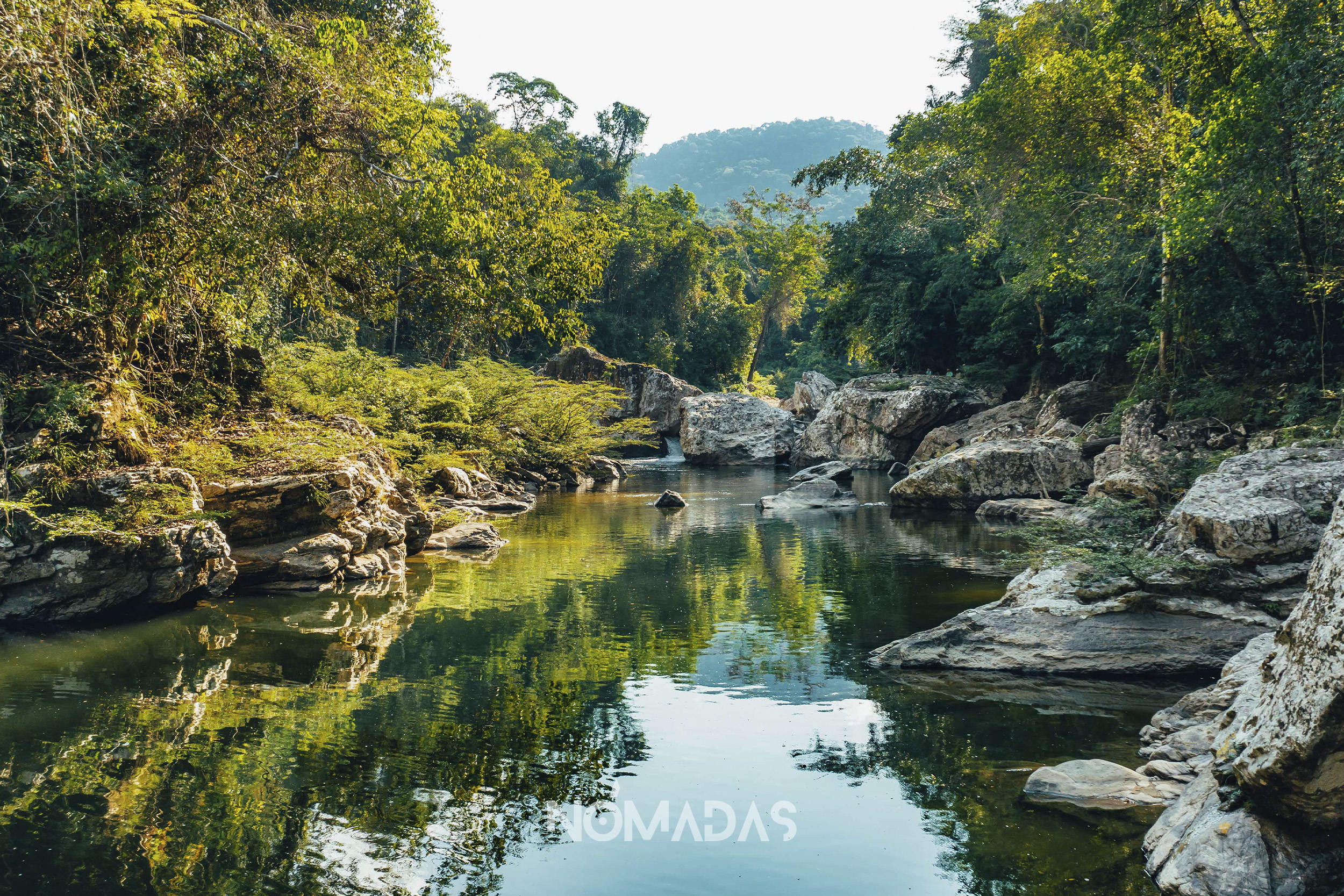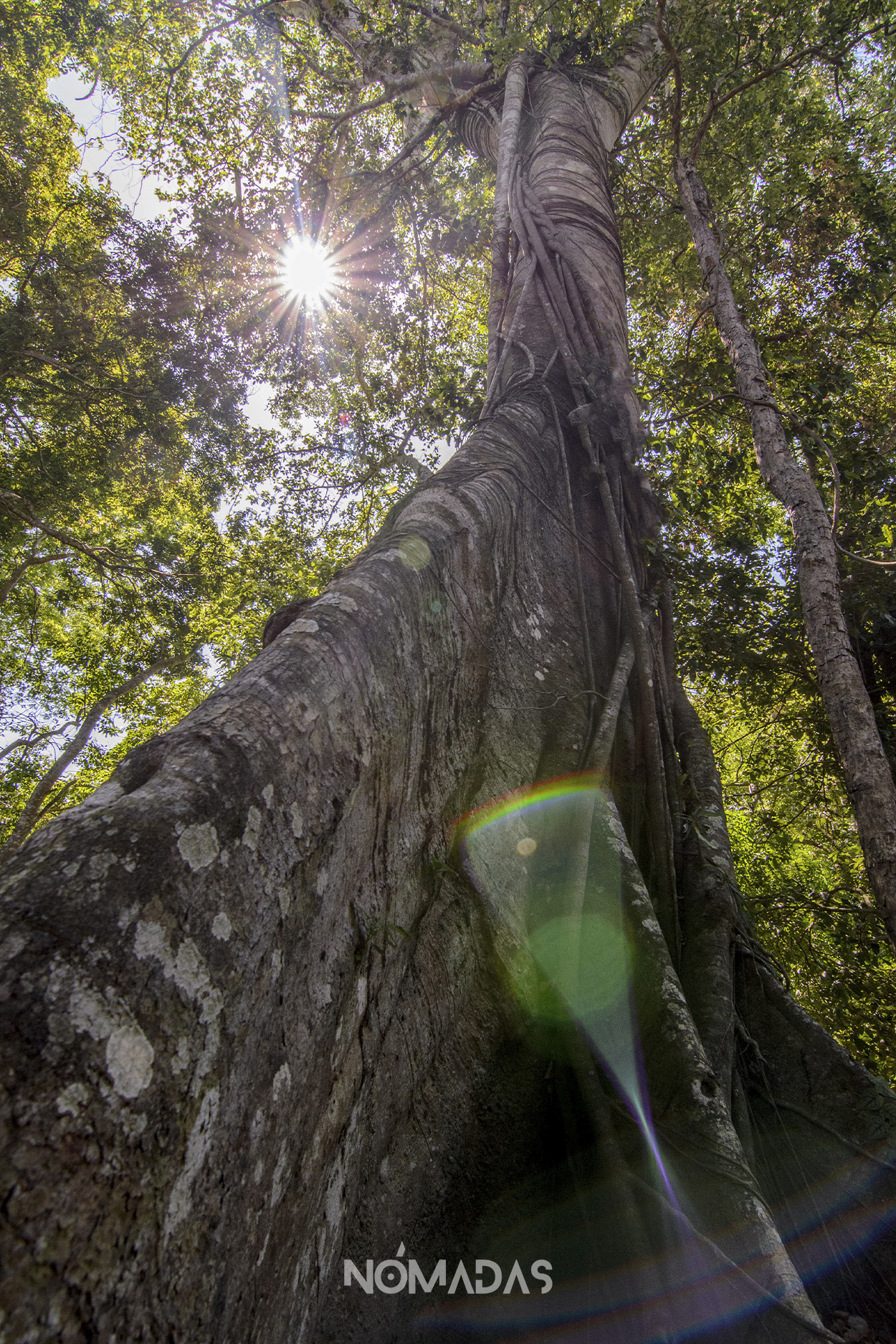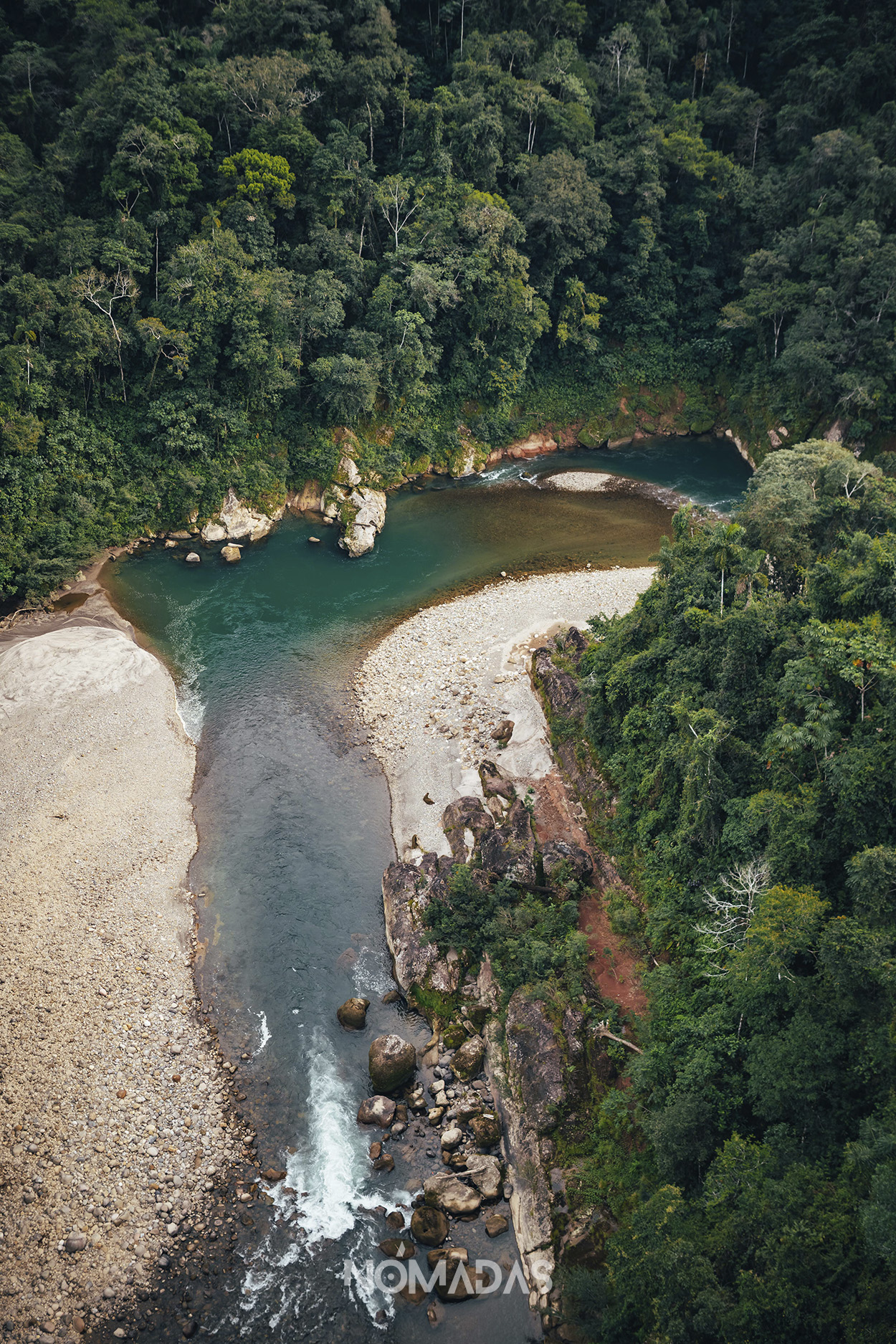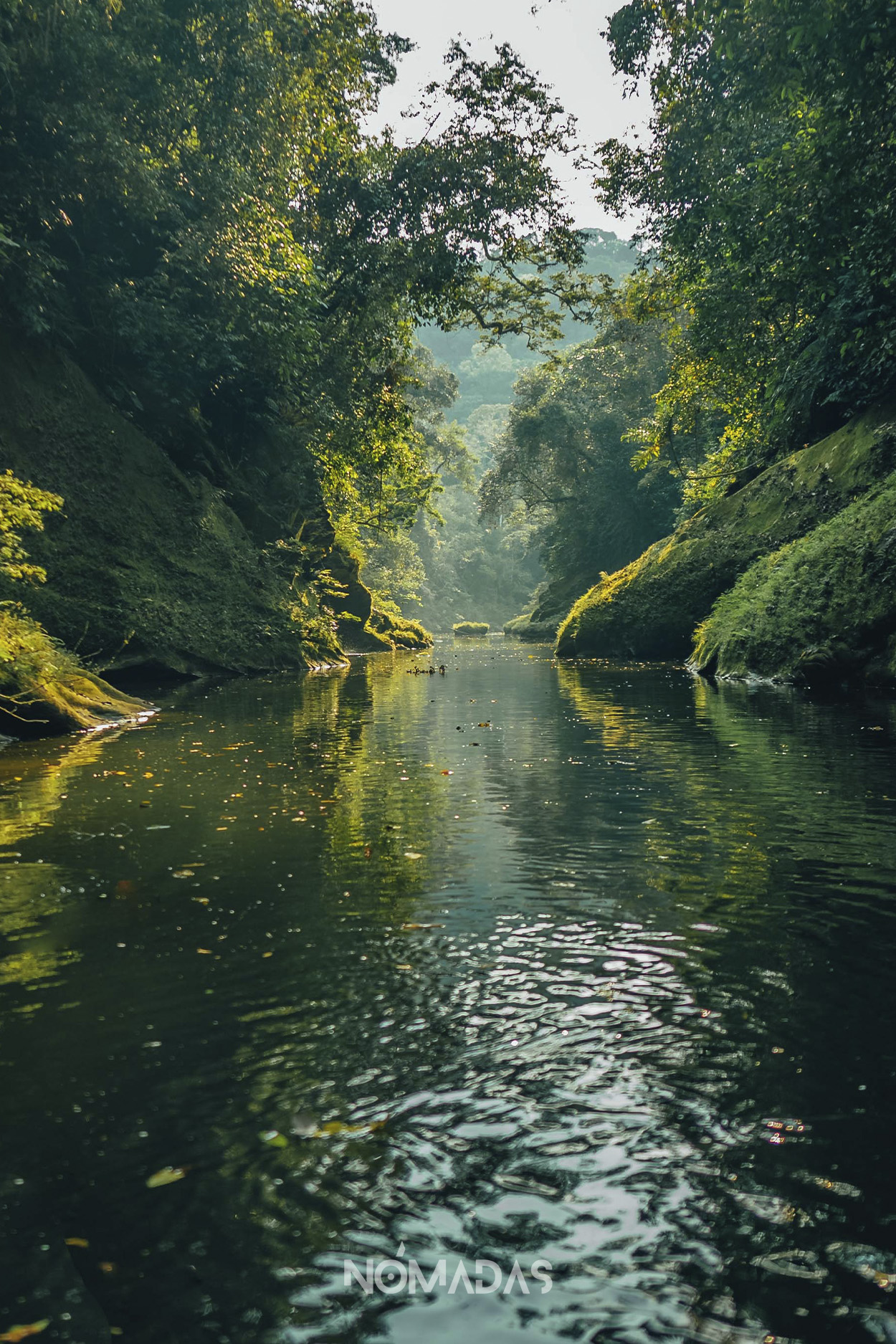SPECIALS


SPECIALS

The sun caresses the water and the shades of green that paint the heart of the TIPNIS.
February 8th, 2023
The TIPNIS is home to more than 800 species of animals and an estimated 3,000 varieties of plants. It is the ancestral home of Tsimanes, Yuracarés, Moxeños and Trinitarios. A lung in Bolivia that generates clean air and rain for the planet.

Roberto Navia
Journalist

Lisa Corti
Translation to English

Daniel Coimbra
Photographer
Alcides D’Orbigny was not wrong.
In his expeditions through Bolivia, between 1830 and 1833, he said that the land of the Yuracarés was the most beautiful jungle in the world.
In the port of Oromomo, one of the more than 70 communities within the TIPNIS, the wooden rafts silently await the moments of greatest excitement.
The French expeditionist and naturalist walked and navigated the soil and waters now known as the Isiboro Sécure Indigenous Territory and National Park (TIPNIS), where, in addition to the Yuracarés, the Tsimanes, Moxeños and Trinitarios also live. He set his feet, contemplated with astonishment and did not hesitate to affirm that before his eyes he had such a spectacle of nature.
And he wasn’t lying.
The TIPNIS, now, at least in the northern part of its extensive body of 1,236,296 hectares (12,363 km²) -almost twice the size of the city of Sao Paulo, Brazil- is a jungle located in the departments of Beni (Moxos province and municipalities of San Ignacio and Loreto) and Cochabamba (Chapare and Ayopaya provinces and municipalities of Villa Tunari and Morochata).
A natural universe that advances from the plains to the mountains and attracts the eye like a magnet: nature that speaks and enchants, that sings and seduces with the perfect curves of its rivers, with the musicality that comes from the throats of the birds and with the placid awakening of its sunrises that – after a day of natural aromas and harmony among the indigenous communities – crown with sunsets that are only the prelude to Amazonian nights that sway without any hurry to wake up.
Deep dreams, in this corner of the planet, are as pleasant as reality. In the intervals of the night, the insects sing a soundtrack that illuminates the darkness from the mysteries of the jungle and if you wake up to the sound of impending tranquility, you will enjoy that lulling little music that flies back and forth.
The day begins to live before it is born. The sun has not yet risen, but the joy of existence is already doing its thing on the outskirts. The National Service of Protected Areas (SERNAP) has reported that officially there are 602 species of plants in the TIPNIS, but it is estimated that there are, in reality, about 3,000 species, which represents between 12 and 15% of Bolivia’s flora.

The trees of the TIPNIS, imposing and majestic.
SERNAP, according to data from the protected area’s Management Plan, has also detailed that there are 858 vertebrate species: 108 species of mammals; 470 species of birds; 39 species of reptiles (no turtles or caimans), 53 species of amphibians and 188 species of fish; 127 species of insects have also been recorded.
A whole natural world that appears at the least expected time. Through their sounds or their living presence. The tracks of wild animals are a constant amazement even for the natives who have been walking these lands since time immemorial.
Dionisia Herbi, from the Yuracaré people, loves and respects the animals she grew up so close to, just as she knows how to keep her distance. As a child she already listened to the roar of the jaguar, known here as the tiger. Hearing it, she says, did not scare her. Nor was she afraid of the thunder that is so common during the rainy season that almost no one jumps like a deer when it rumbles in the overcast sky.
In the port of Oromomo, one of the more than 70 communities within the TIPNIS, the wooden rafts await, silently, the moments of greatest excitement. Here, the noise comes when the strong arms of the indigenous people push the boats so that the long-tailed engines can emit their sounds like small thunderclaps. To sail, in the world of the TIPNIS, is an act of freedom, of modest epic, of natural prowess, of collective effort. The Yuracarés, the Tsimanes, the Moxeños, the Trinitarios – who are the expert users of the art of navigation – travel in their canoes to go from one community to another, to transport their self-sustaining productions, to explore the jungle, to walk along the paths that their grandparents opened in the best days of their youth.
On the crystalline waters of the Pluma, a raft advances, smooth and calm, like a serene leaf, freed from the time that here is not prey to haste. There is no need for the outboard motor to be running. The two men piloting it, one at the bow and the other at the stern, have decided to sit down because the river is doing the job of transporting them without the motor power of the human or the machine coming into play.
The art of contemplation is in their realm. The indigenous people have made observation a magical way of enjoying the world.
This world is known as TIPNIS.
The TIPNIS of the leafy trees, of those with flowering canopies and those that let their branches ruffle with the winds that rush down from the mountains beyond, covered by black clouds during the rainy season.
The territory of the white sandy beaches, of the rivers with small cacti and of the turquoise waters, calm and tranquil as a sheet drying in the sun. The home of the pink herons and the whitest of mushrooms, of the spiders that weave their kingdom without hiding from any predator, of the palm trees that walk, of the mosses that collect different shades of green, of the fish that swim without the dark curtain of the turbid waters, because turbid waters do not exist here, of the porcupines that live quietly, but also on alert; and above all, the abode of indigenous people who experience harmony with nature, ancestral custodians of a lung that produces pure air for the planet.
Youcy Fabricano Román, born in the pampas of Moxos, on the banks of the Sécure River, wants Bolivia to know that the TIPNIS is a very important region for the life of the animals, for the flora, but mainly for the indigenous peoples that inhabit it, as it is for the rest of the country and the continent.
The TIPNIS, he explains, has three very valuable ecological levels: the savannahs, the foothills and the highlands or sub-Andean zone, where the headwaters of the rivers, streams, lagoons and places still intact, where human beings, thank God, have not yet inflicted their extractive aggression.
Fabricano Román, who among his credentials is the role of planner and indigenous researcher trained in the TIPNIS and who was part of the preliminary management plan of the protected area when it was conquered as an indigenous territory, takes from his memories that phrase of Alcides D’Orbigny immortalized in the eighteenth century, when, after setting foot in the territory that today is the TIPNIS, he said, without hesitation, that he was in the most beautiful jungle in the world.
***

The turquoise waters, a bird’s eye view.

The jungle transmits a peace and beauty that has no limits.
STAFF:
DIRECTION AND TEXTS: Roberto Navia. PHOTOGRAPHY: Daniel Coimbra. TRANSLATION IN ENGLISH, MULTIMEDIA AND SOCIAL NETWORK EDITOR: Lisa Corti. PRODUCTION MANAGER: Karina Segovia. WEB DESIGN AND DEVELOPMENT: Richard Osinaga.
Revista Nómadas – Nomads Journalism ©2023
Te contamos desde el interior de los escenarios de la realidad, iluminados por el faro de la agenda propia, el texto bien labrado y la riqueza poética del audiovisual y de la narrativa sonora, combinaciones perfectas para sentir el corazón del medioambiente y de los anónimos del Planeta.
